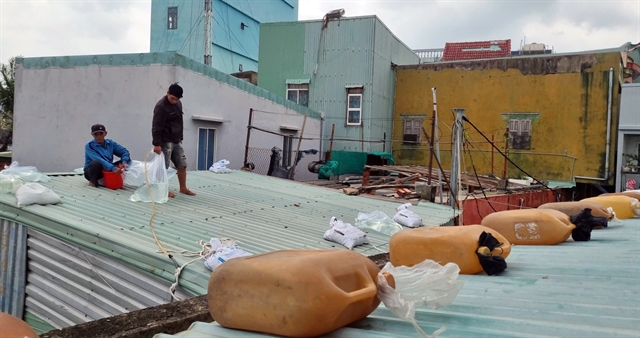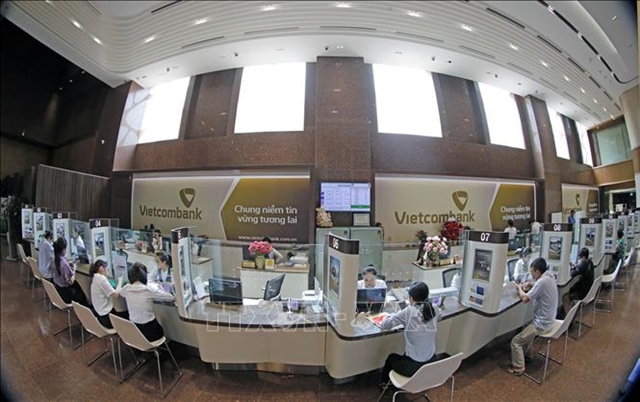 Society
Society

The adoption of farming models to adapt to climate change in Kiên Giang Province is offering sustainability and big incomes for farmers.

|
| Shrimp-rice farming fields in Kiên Giang Province’s An Minh District. The model helps adapt to saltwater intrusion and brings higher profits than monoculture of rice. – VNA/VNS Photo Văn Sĩ |
KIÊN GIANG – The adoption of farming models to adapt to climate change in Kiên Giang Province is offering sustainability and big incomes for farmers.
They include the farming of shrimp in rice fields, intercropping pineapple, betel palm and coconut in the same fields and growing bananas and plants with edible roots, according to the province Department of Agriculture and Rural Development.
In the dry season, the Cửu Long (Mekong) Delta province normally experiences saltwater intrusion from the sea through rivers, and rice cultivation is not viable in coastal areas.
Nguyễn Văn Lý of An Biên District’s Tây Yên Commune said his family used to plant two rice crops a year before 2010, but now cultivation is affected during the dry season.
At the encouragement of local authorities, his family has switched to breeding shrimp in the dry season since 2010, and only grows rice in the rainy season, and his two-hectare field yields an average of 15 tonnes of rice and 700 kg of shrimp a year, he said.
The shrimp-rice farming model offers higher profits because costs are low, he said.
His rice is grown to organic standards, and the shrimp is raised by using extensive farming methods and fed the natural foods available in the field, he said.
After deducting all costs, his family earns VNĐ100 million (US$4,000) per hectare per year, he said.
“Most farmers adopting shrimp-rice farming here earn this amount.”
This year farmers who implemented the model got high yields because of favourable weather.
The province has 106,000ha of shrimp-rice farming areas, mostly in An Biên, An Minh, U Minh Thượng, Vĩnh Thuận, Gò Quao, and Hòn Đất districts.
Nguyễn Văn Hiển deputy director of the Kiên Giang Agricultural Extension Centre, said the province aims to expand the shrimp-rice farming area to 117,000ha by 2030.
It now has 2,000ha with Vietnamese or international quality certificates such as globalGAP, Global Aquaculture Stewardship Council and Best Aquaculture Practices, he said.
Kiên Giang, the country’s largest rice producing province, has encouraged farmers to switch to high-value crops that adapt to climate change on unproductive rice fields in recent years.
In Châu Thành District, farmers who have done this and intercrop pineapple, betel palm and coconut are earning higher profits.
Vưu Quốc Cường in Châu Thành’s Bình An Commune has a three-hectare rice field where he has been intercropping all since 2017 and earning VNĐ450 million ($18,000) a year, four or five times his earnings from rice, he said.
Lê Hữu Toàn, the department's director, said that to develop effective farming models, its agencies have been instructed to inspect and evaluate their effectiveness and promptly help farmers mitigate difficulties.
He said it has taught farmers new techniques, dredged canals, and effectively managed water resources to ensure the irrigation of farmlands.
He said the government has forecast and monitored crop and animal diseases to promptly advise farmers and help them fight outbreaks.
“The department, in co-operation with localities, has called on companies to link up with farmers to increase the value of farm produce.”– VNS




